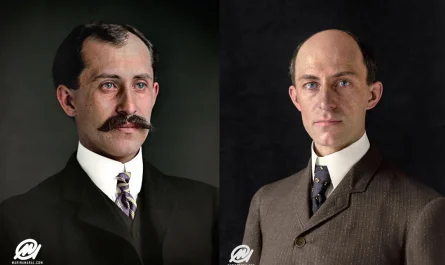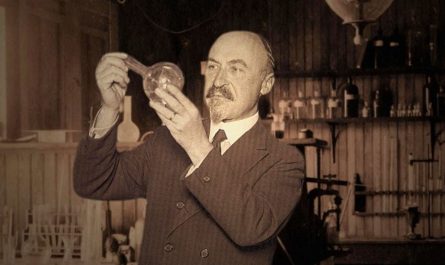Nikola Tesla: The Genius Behind AC Electricity
Early Life: The Spark of Curiosity
Born on July 10, 1856, in the small village of Smiljan in Croatia, Nikola Tesla showed signs of brilliance early. His mother, Georgina, was an innovator herself, creating household gadgets that simplified daily chores. Tesla credited her as his first inspiration. His father, Milutin Tesla, was a priest who instilled in young Nikola the values of discipline and curiosity. Even as a child, Tesla had an exceptional memory and the ability to visualize complex mechanical systems in his mind. This unique talent set him apart and laid the foundation for his future inventions.
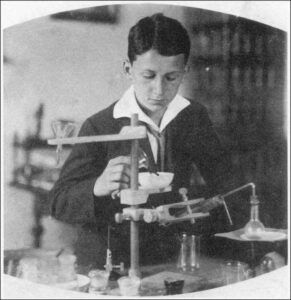 Tesla’s early experiences in school also highlighted his intellectual gifts. He was highly interested in science and mathematics, often surpassing the expectations of his teachers. In his teenage years, he became fascinated by electricity, a topic that was still relatively new and mysterious to the general public. He saw potential where others saw mere novelty. His love for science grew, and he began imagining how electrical power could improve the world.
Tesla’s early experiences in school also highlighted his intellectual gifts. He was highly interested in science and mathematics, often surpassing the expectations of his teachers. In his teenage years, he became fascinated by electricity, a topic that was still relatively new and mysterious to the general public. He saw potential where others saw mere novelty. His love for science grew, and he began imagining how electrical power could improve the world.
Education and Discovery of AC Current
Tesla attended the Austrian Polytechnic in Graz, where he immersed himself in the study of electrical engineering. During his time at Graz, he encountered the Gramme dynamo, a machine that could function as both a generator and a motor. Observing this, Tesla realized the limitations of direct current (DC) electricity, which was widely used at the time. He saw that alternating current (AC) could hold the key to more efficient energy transmission, and he became convinced that AC could revolutionize the way electricity powered cities and industries.
Driven by this idea, Tesla experimented tirelessly. His passion for understanding AC power became the guiding force in his academic career. While studying at the University of Prague, Tesla continued developing his AC concepts, visualizing the future impact of this innovation. By the time he finished his education, Tesla had formulated ideas for an AC motor, but he lacked the resources to build and test it. Nonetheless, he remained undeterred and knew that one day he would bring his vision to life.
The Journey to America and Meeting Edison
In 1884, Tesla made a life-changing decision to travel to the United States. He arrived in New York City with little money but plenty of ambition. His reputation as a promising engineer preceded him, and he soon found work with Thomas Edison, a famous inventor. Tesla admired Edison’s achievements, but their views on electricity created tension. Edison supported DC power, while Tesla believed AC was superior. This conflict grew, and Tesla eventually left Edison’s company to pursue his AC vision independently.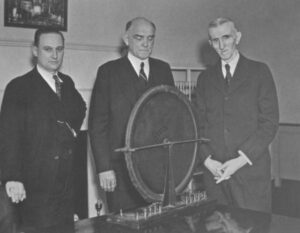
Although leaving Edison was a risky move, it proved beneficial. Tesla’s work on AC systems attracted attention from influential people. In particular, George Westinghouse, an entrepreneur, recognized Tesla’s potential and offered to support his research. Together, they embarked on a journey to develop and promote AC power. Their partnership marked the beginning of a fierce competition with Edison, known as the “War of Currents.”
The War of Currents: AC vs. DC
The rivalry between Tesla and Edison was intense. Edison launched public demonstrations to discredit AC, highlighting what he perceived as its dangers. He wanted to prove that AC was unsafe, using animal electrocutions to sway public opinion. Despite these challenges, Tesla remained focused on his work. He knew that AC could power cities more efficiently than DC, which had limitations in long-distance transmission.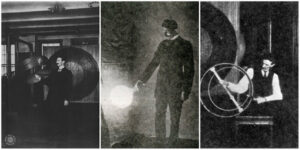
The turning point came in 1893 when Tesla and Westinghouse were tasked with lighting the World’s Columbian Exposition in Chicago. Using AC power, they illuminated the fairground, showcasing AC’s safety and efficiency. This success convinced the public and officials of AC’s superiority. Soon after, Tesla’s AC system was chosen to power the Niagara Falls Power Project, further cementing its role as the future of electrical transmission.
Groundbreaking Inventions and The Vision for Wireless Power
Tesla’s inventive genius extended far beyond AC power. He also dreamed of a world where electricity could be transmitted without wires. In 1891, he created the Tesla coil, a device that could generate high-voltage electricity. The Tesla coil became the foundation for modern wireless technologies and demonstrated Tesla’s forward-thinking mindset. He envisioned a world where power could be broadcasted wirelessly, removing the need for cables and grids.
This vision led him to the construction of Wardenclyffe Tower, an ambitious project on Long Island designed to transmit electrical power and communication signals across the globe. Tesla aimed to make electricity freely available to everyone, bridging distances and eliminating the need for wired infrastructure. However, due to financial issues, the project eventually came to a halt, and Tesla had to abandon it. Although Wardenclyffe was never completed, it inspired future technologies and remains a testament to Tesla’s ambition and ingenuity.
Later Years: Unrecognized Genius
As Tesla grew older, his life became increasingly difficult. Financial struggles plagued him, and many of his ideas remained unfinished due to a lack of funding. Despite his significant contributions to science, Tesla faced a solitary life. His later years were spent in New York hotels, where he continued to work on his theories, hoping for a chance to bring them to fruition. Unfortunately, society overlooked his genius, and he died in relative obscurity in 1943.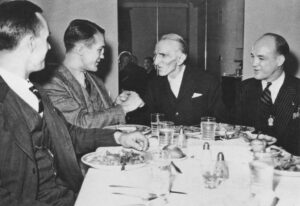
Today, Tesla is celebrated as one of the greatest inventors of all time. His contributions to AC electricity, radio waves, and wireless technology have shaped the modern world. The technologies we take for granted—power grids, wireless communication, and remote controls—owe much to his work. Though unappreciated during his lifetime, Tesla’s legacy now inspires generations of scientists, engineers, and dreamers.
Invention Story: The Complete Timeline
| Full Name | Nikola Tesla |
|---|---|
| Born | July 10, 1856, Smiljan, Croatia |
| Died | January 7, 1943, New York City, USA |
| Nationality | Serbian-American |
| Education |
|
| Known For | AC Electricity System, Tesla Coil, Wireless Power Transmission |
| Key Inventions |
|
| Major Awards | IEEE Edison Medal (1917), numerous posthumous honors |
| Influence | Modern electrical engineering, wireless technology, and radio transmission |
| Legacy | Tesla’s work shaped the foundation of modern electricity and communication systems. His inventions and visionary ideas continue to inspire scientists, engineers, and innovators around the world. Numerous schools, companies, and even electric cars honor his name. |


